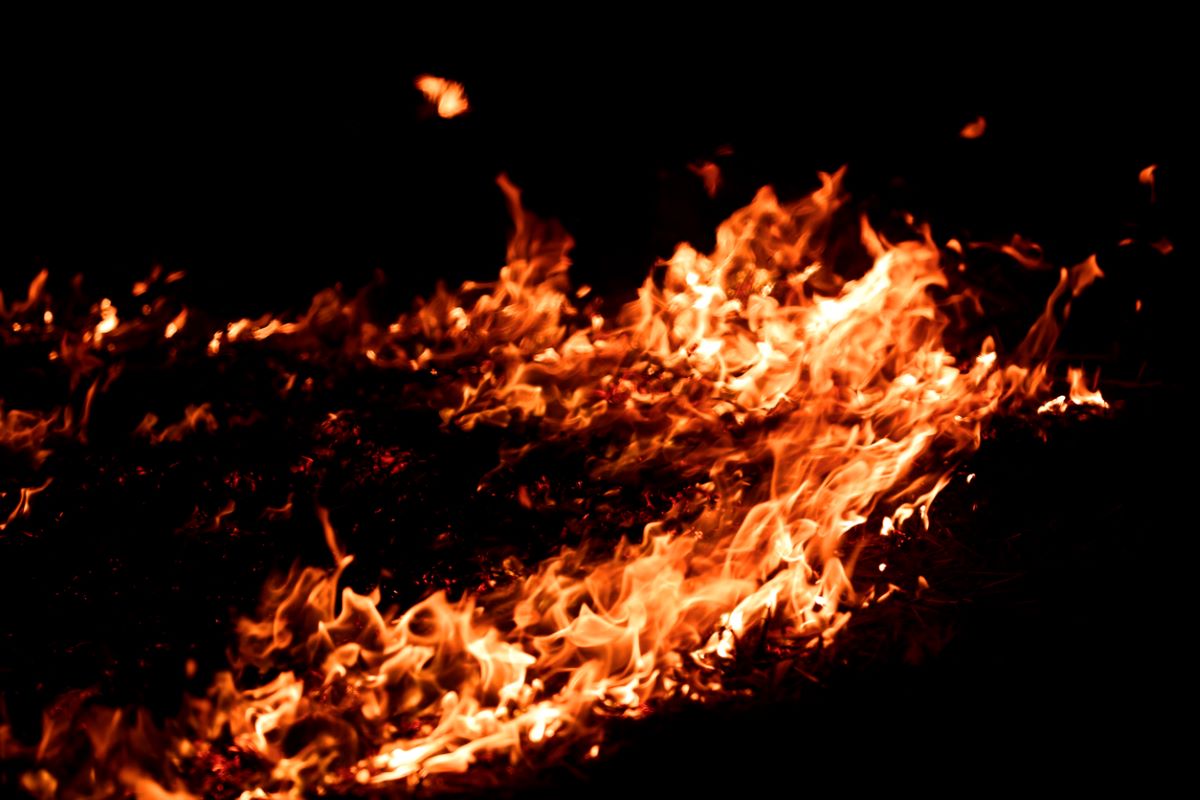Bangladeshi passenger dies in Maitree Express
A Bangladeshi passenger fell ill and died after boarding the Maitree Express on his way home.
If the garments factory blaze was rated as one of the world’s worst industrial disasters, frantic efforts to douse the flames at the container depot were on even 24 hours after the fire had erupted on Saturday night.

Representational Image (iStock photo)
It was a horrifying weekend in Bangladesh. Some years after hundreds perished and many more were incapacitated in a fire in a garments factory in Sabar near Dhaka ~ the chief exporter of garments to the western bloc ~ no fewer than 49 people were charred to death and an estimated 200 injured in a chemical container depot fire in the port city of Chittagong. If the garments factory blaze was rated as one of the world’s worst industrial disasters, frantic efforts to douse the flames at the container depot were on even 24 hours after the fire had erupted on Saturday night. The fact that the army joined the mission reaffirms the enormity of the latest tragedy in Bangladesh. The fire triggered a huge blast and multiple container explosions. Once again, it has highlighted the country’s poor track record in terms of industrial safety, which must be abysmal even at the mildest estimation. While the injured include firefighters and policemen, the casualty toll could rise as some of the injured are in critical condition, according to the medical authorities in Chittagong. All doctors in the district have been called in to tackle the situation, and social media has been flooded with heart-rending appeals for emergency blood donations. Hundreds of distraught relatives rushed from one hospital to another in a frantic search for their near and dear ones.
Forty-eight hours after the accident, hoi-polloi in Bangladesh has been kept guessing over what caused the fire. Fire service officials suspect that it might have originated in a container of hydrogen peroxide, and it spread rapidly to other containers. Containers containing either hydrogen peroxide or sulphur were still exploding on Sunday afternoon. This would suggest that the devastation had not been contained even after 24 hours. “It’s really getting harder as toxic fumes have engulfed the area,” was the summation of a fire service official.
Bangladesh’s growth is coming at a human cost. Going by the prognosis of the International Labour Organisation (ILO), Bangladesh has prospered over the decades to become the world’s “second-biggest exporter of garments, but the infrastructure and institutional focus on industrial safety are still nascent”. Lax regulations and poor enforcement of rules have been blamed for several large fires that have led to hundreds of deaths in recent years.
Advertisement
Aside from the garments factory fire, three per- sons died after an oil tank exploded at a container depot in Chittagong’s Patenga. In July last year, there were 54 casualties when a fire ripped through a food processing factory outside Dhaka. At least 70 died in a fire that engulfed several buildings in a centuries-old neighbourhood of Dhaka in 2020. The parable to be drawn from such recurrent disasters must be that fire and industrial safety measures direly need to be in place. They are not. Tragically, no lessons have been drawn.
Advertisement